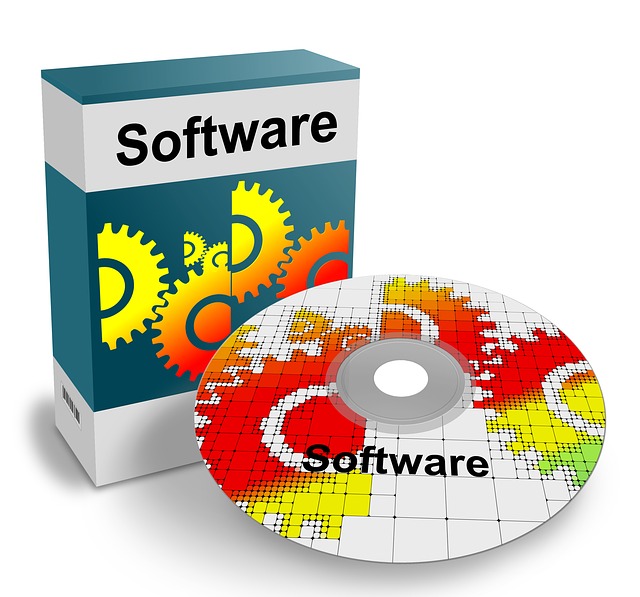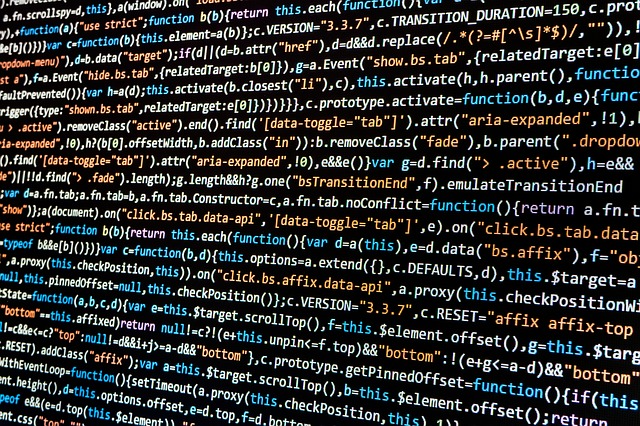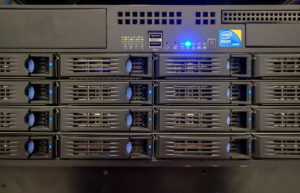Software Development Life Cycle

Software development is a very long process that needs particular attention. One mistake or misunderstanding can result in a complete disaster. Practising Software Development Life Cycle helps to overcome any obstacle in creating efficient software. Software Development Life Cycles, also known as SDLC, generally comes in 6 stages.
Defining the 6 stages of the Software Development Life Cycle
1. Analysis
Software is developed to ease a particular task. Indeed, to solve a problem, you first need to understand the problem. The analytics stage is what will define the purpose of the whole software. For this reason, it is considered the most critical step. Below are the data that you collect during the analysis stage:
- How the entire task currently functions
- All requirements to carry out the task
- What is the role of each person working on the task?
- What the end-user expects from the software
- The current cost of the task
2. Design
The design stage is where the customer will get a preview of the software. With the use of graphics, the prototype of the software is designed. This stage will somehow define the infrastructure of the software. Moreover, the end-user will be able to get an overview of each screen of the software and the purpose of the software.
3. Development

The development stage is where the developers perform their magic. All presentations made at the design stage will be coded, making all buttons, links and functions of the software a reality. It is here that you will begin building the software. Specific guidelines and high-level programming languages such as JAVA, C++ and PHP are used for the development.
4. Testing
Once the software is ready, fictional data is used for testing the full functionality of the software. This is done to verify if there is any flaw or limitation with the software to perform the intended task. Any amendment is made during the testing phase.
5. Deployment
Deployment is installing the software in a real-life environment which is the place where people will be using the software. It is advisable to make the deployment in parallel with the current system. This will help the end-user to adapt to the software.
6. Maintenance
The SDLC is considered to be the most extended phase because maintenance needs to be done as long as the end-user is still using the software. Care is critical as it helps for the smooth running of the software.
To Conclude
If you want efficient software, it is essential to follow the SDLC. Each stage is equally crucial and
dependent on each other for the most favourable outcome.





